Traditionally in India, a home will always begin by respecting our Mother Earth with a Bhoomi Pooja. It is the holy fire that symbolises the cleansing of the space of its aura; we seek permission from mother earth to build our home. Into this holy fire is added the Panchagavya; and there the relation between your home and a cow begins!
Panchgavya is a preparation made using the 5 ingredients that come from the cow directly and indirectly. It consists of milk, cow dung, cow urine and more processed ingredients, ghee and curd. The other ingredients are jaggery, tender coconut, banana, and water. These are mixed in order and kept covered in a shade for 27 days while being stirred periodically. It is then diluted and used in Ayurvedic medicines.
Thannal has been experimenting with the miraculous healing property of Panchagavya in the Natural building. It is being used in the foundations for better protection. Apart from this, there are many ongoing research and experiments happening at Thannal to identify the role of Panchagavya in Natural Buildings and daily life.
Foundation:
As the home building starts, cow urine is poured into the dug portion before commencing the foundation and laying of stones. This cow urine is collected early in the morning and the urine collected thus is said to be the best for use. It can be collected by carefully approaching the cow while it is urinating by holding a vessel under the stream, a task which the person who takes care of the cow daily, can perform effortlessly! A desi cow’s body has a bio clock thus urine collection is a task for a person who doesn’t own a cow but who takes utmost care of one. Alternatively, it can be collected by making sloped channels in the cow shed for general use.
The link between our desi breeds of cows and the indigenous homes is more than the word indigenous.
India was once home to 130 varieties of bovine animals, but we lost all of them after the introduction of Jersey cows for our want for vast quantities of milk. Now we have only about 30 left. You can read all about The Cock & Bull Story, an article written by Anoop Rajan & Manoj Kottoram who has been working with a Gau Bank (cow bank), which is ardently preserving the indigenous breeds of the region for more than the past decade. Their efforts have been instrumental in saving and regenerating the Zebu cow breed, Kasargodan Kullan, which is local to the region of Kasargod, Kerala.
Note:
Chanakam, almost like the unit of the firm cow manure is said to host a bacterial universe, but obviously, the good kind. There are around 3-5 crore completely useful microbes found in a cow’s dung per gram. A Jersey, Holstein cow’s dung contains only about 50-70 Lakh microbes per gram, not all useful. We were blessed with a variety of native cows, each region has its own. What the chemistry behind the cow’s gastric chemistry is, was figured out by our ancestors without scientific aids, but pure logic. Here’s how you can identify a traditional desi cow
Walls:
When it comes to animal energy since time immemorial cows and bullocks have been resorted to for making natural buildings. As we proceed up from the foundation to the walls, we see how cows & bullocks are usually employed in trampling on. The native cow also shows great dexterity. Cows are some excellent cob kneaders when treated with care while they tread on the mud. Thus they have a great place in natural buildings.
Do you want to study Natural Building Online ?
Cow urine is also added into the mud while cob/adobe mix making as it enhances the property of mud and enables good curing of the soil. Urine added to mortars have also been proven to increase its plasticity. Cow urine has high regard in Indian culture. According to Sushrut Samhita cow’s urine has been since time immeasurable being used for different formulations and Ayurvedic preparations, and used to treat many ailments.
The traditional Chakku, or the mortar mixing centripetal wheel, used to be mixed by cattle in olden days. Mortar mixed in such a way is said to be of a very superior quality, even when compared to mortars mixed with modern grinding equipment. Bovine power way to go!
Cow’s 6th Sense:
The cow is an extremely intelligent animal and has a unique sense of the environment. The Desi cows are extremely emotional and attached to the people who take care of them. There have been incidents where a cow has taken lightning instead of its owners, to save them. They are sharp animals, a great source of Satvik energy, it is said that walking in the dusty path the cow has tread is extremely enriching. Even being in the aura of a cow can drastically lighten your mood.
Natural Finishes:
Natural finishes are always like icing on a piece of cake and a lot of these wall finishes would not have come into the picture if it weren’t for the cows. Araish a traditional smooth mirror finish wall finish from Jaipur, Rajasthan uses curd as one of its essential ingredients. Even the Chettinad Egg-Lime Plaster incorporates the whey from a hung curd into the final layer of the smooth almost-mirror finished plaster.
Milk of a pure breed cow is said to be one of the most enriching products that the cow yields. People around the world have been making milk paints and a broken-down product of milk, casein, as additives for plasters. The casein is a good binder and the protein present in the milk combines with the lime to give a good quality plaster.
Cow dung has traditional importance when it comes to plastering walls and floors. The bacterium Mycobacterium Vaccae, which is found in cow dung contributes to the anti-depressant properties of cow dung. When these are inhaled it enhances the growth of the neurons in our body, which in turn stimulates the growth of serotonin and norepinephrine in the brain, basically, the happy drug is released. This works wonders against anxiety & has shown a good learning curve [1].
Cow dung is not only a good binder, but the fibres present in the dung also help in creating a smooth, fine floor finish; the fibres prevent cracking in floors and also increase the insulation properties of the plaster. The 3-5 Crore microbes/gram of dung means hordes of good bacteria. Cow dung is an antifungal insecticide, which is why we have been confidently using them for disinfecting our homes and floors. It has antiseptic properties and it is also prophylactic, meaning it prevents diseases. For fibres often cow hair is added to the plasters to prevent cracking.
Apart from cow dung, cow urine is also used as an additive for plastering owing to its antifungal property; it prevents the growth of harmful fungi within the walls and floors, which is a cause of harmful diseases. It is an extremely good sealant for earthen floors. Using cow urine for sealing the topmost coat of the floor avoids cracking of the finish. Dilution of 1:10 (cow urine: water) shows an effective fungicidal property.
The fat obtained from the bovine animal, also known as Tallow is used in making waterproof natural finishes. In the old times, oxblood used to be added to the floors for effective sealing of floors.
See below video for Cow Dung Mud Plaster
Roof and Bamboo Treatment:
Bamboos are usually used as roofing members as they are abundantly available and an economical solution. It is vital that the bamboos be treated before they are used as roofing members since it increases durability. ABARI, Nepal, is currently working on using cow urine for the treatment of bamboo. This involves injecting the bamboo with cow urine solution under pressure so as to replace the starch present in the vascular bundles. Devapriyan Kanjankat, a natural builder from Kerala has effectively used cow urine for the treatment of bamboos and it has worked for his building. The bamboos in this case were soaked in a diluted cow urine solution for two weeks. Cow urine is also one of the crucial ingredients in the Natural Finish Recipe that Devapriyanji uses for plastering his home walls!
Home Use:
A home is not complete until there is a small fire on the stove frying hot bhajjis! Cows have contributed to our fuel needs, first in the form of dung cakes and recently as gobar gas which can be piped and connected to your modern stoves for regular cooking. Dung cakes are traditionally burnt during bhogi by the children of the family which is a part of the festival of Sankranti. These dung cakes provide efficient fuel and also produce a smokeless flame! These have a good calorific value and are often used in burning limestone in the kilns; one sustainable practice leads to another we can say!
Burnt cow dung is used as bhasma in various ayurvedic preparations; people used this ash for brushing their teeth as well which made them sparkly clean once.
Farmers are reusing the drums that once contained the harmful pesticide Carbofuran after coating them with cow dung for a few days. Cow dung has an immense supply of nutrients and energy that host and promotes the growth of microbes which are instrumental in decomposing pollutants. According to research, the potential of cow dung is being determined as to how it could be utilised as a bioremediation tool for disposing of harmful chemicals present in the soil & water bodies [2]
The question we need to ask ourselves now is, why are we ignoring this intricate rapport that we had developed with our fellow organisms? A breed of cow disappearing from a place could orphan millions of earthen homes. It is said that a pure cow’s urine has small traces of gold. Looking at the way it is being used in our homes, one would certainly revere it more than gold. If only we look into our villages would we find that much that is yet to be discovered has already been experimented with, while the cow simply chews the cud away!
REFERENCES
[1] Kartikey Kumar Gupta , Kamal Rai Aneja, Deepanshu Rana an article on Current status of cow dung as a bioresource for sustainable development 2016, Bioresources and Bioprocessing 2016. Available at: https://bioresourcebioprocessing.springeropen.com/articles/10.1186/s40643-016-0105-9
[2] S. Khan & A. Manchur a research on Activated cow-dung slurry as a tool to pesticides bioremediation 2015, Scholars Research Library, University of Chittagong, Hathazari, Chittagong.
Sincere thanks to Manoj Kottoramji for sharing some interesting information with us!

Biju Bhaskar & Anushree Tendulkar
This article is by Natural builders Biju Bhaskar & Anushree Tendulkar. This post is part of our Ageless village series,.
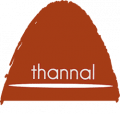
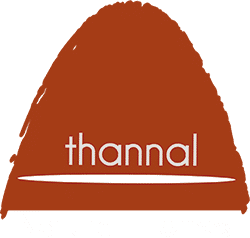
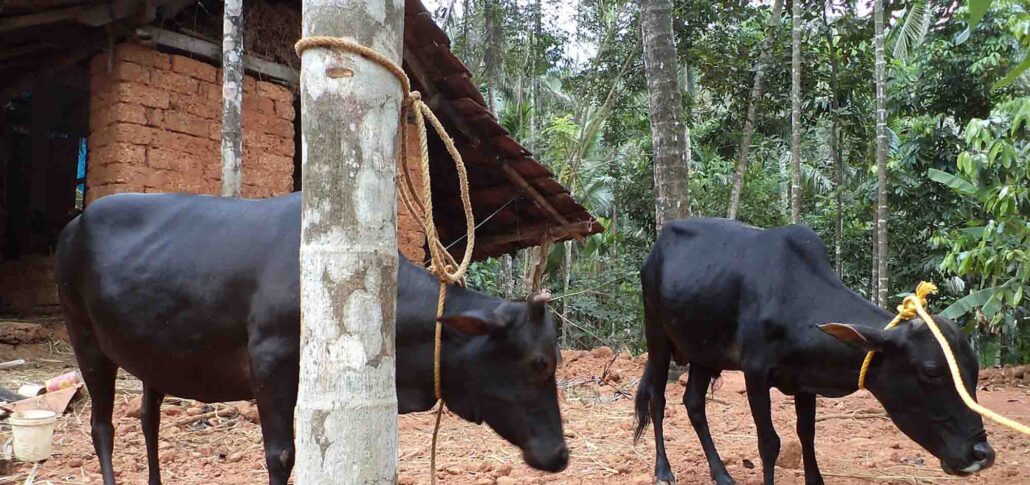
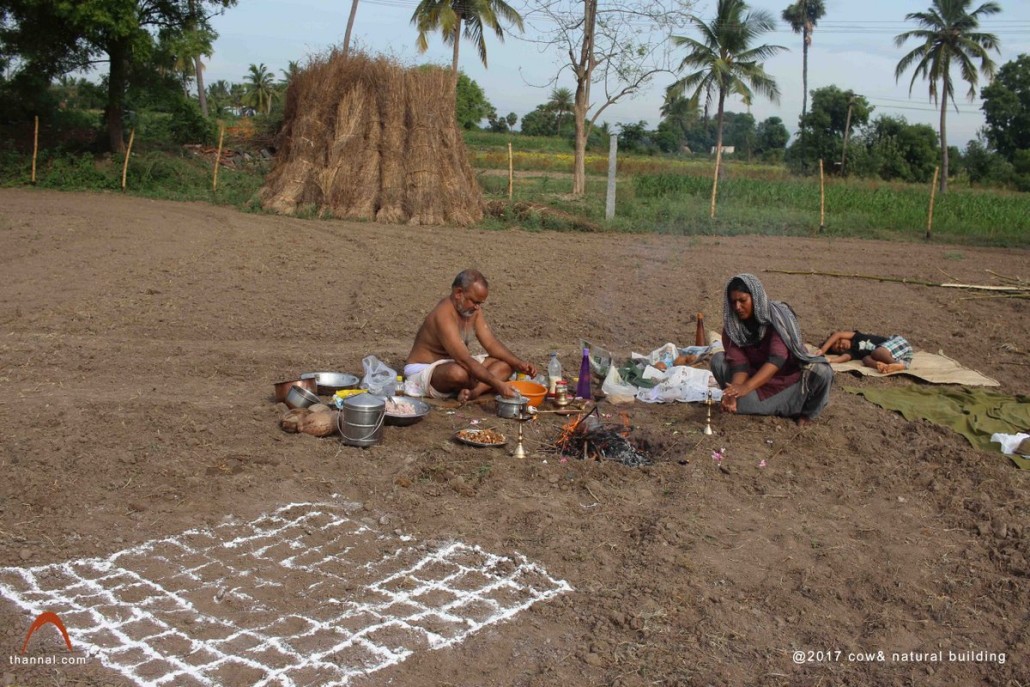
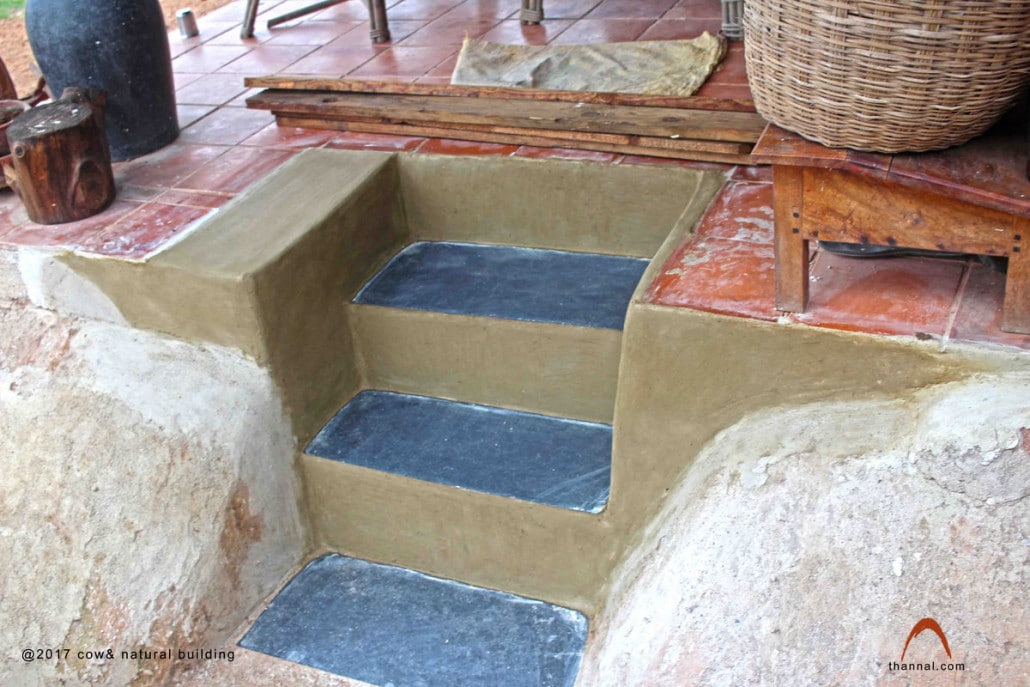
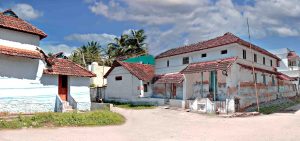
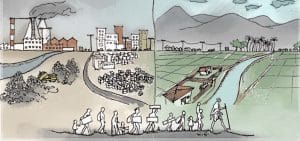
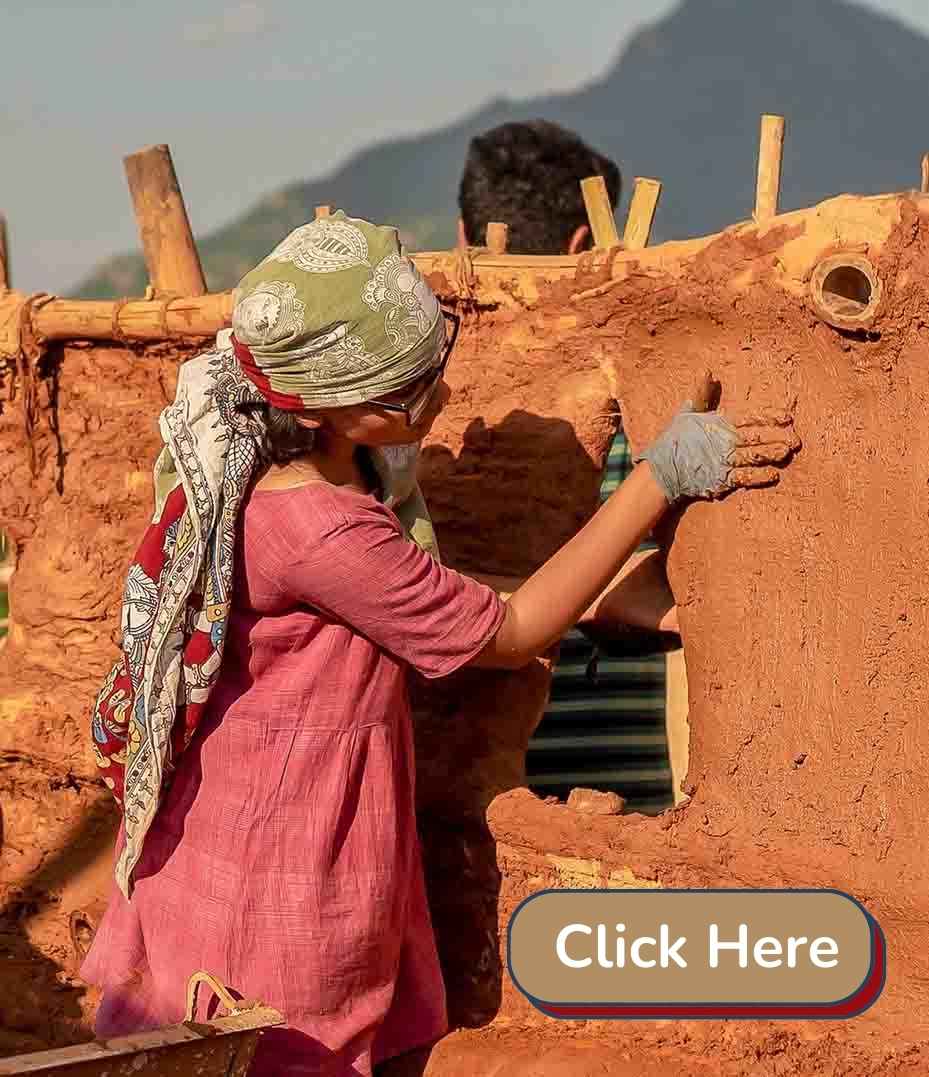
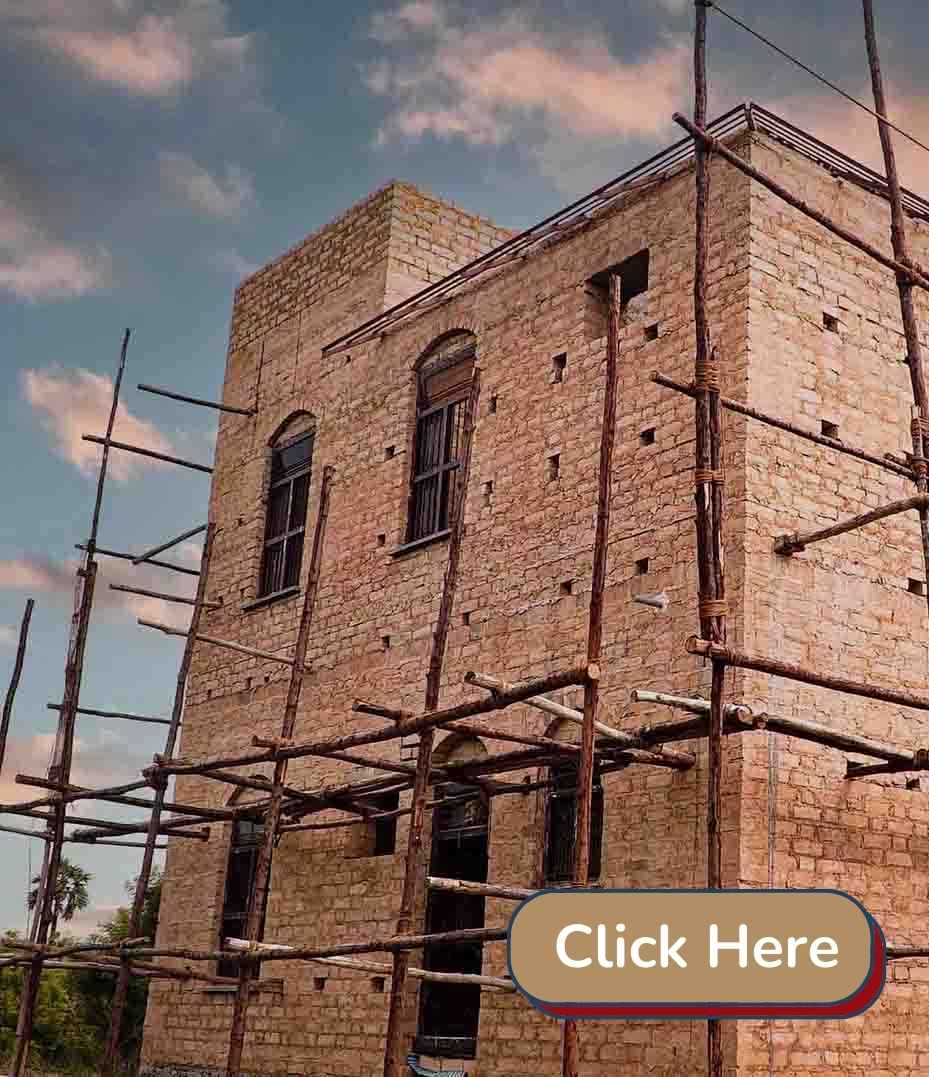
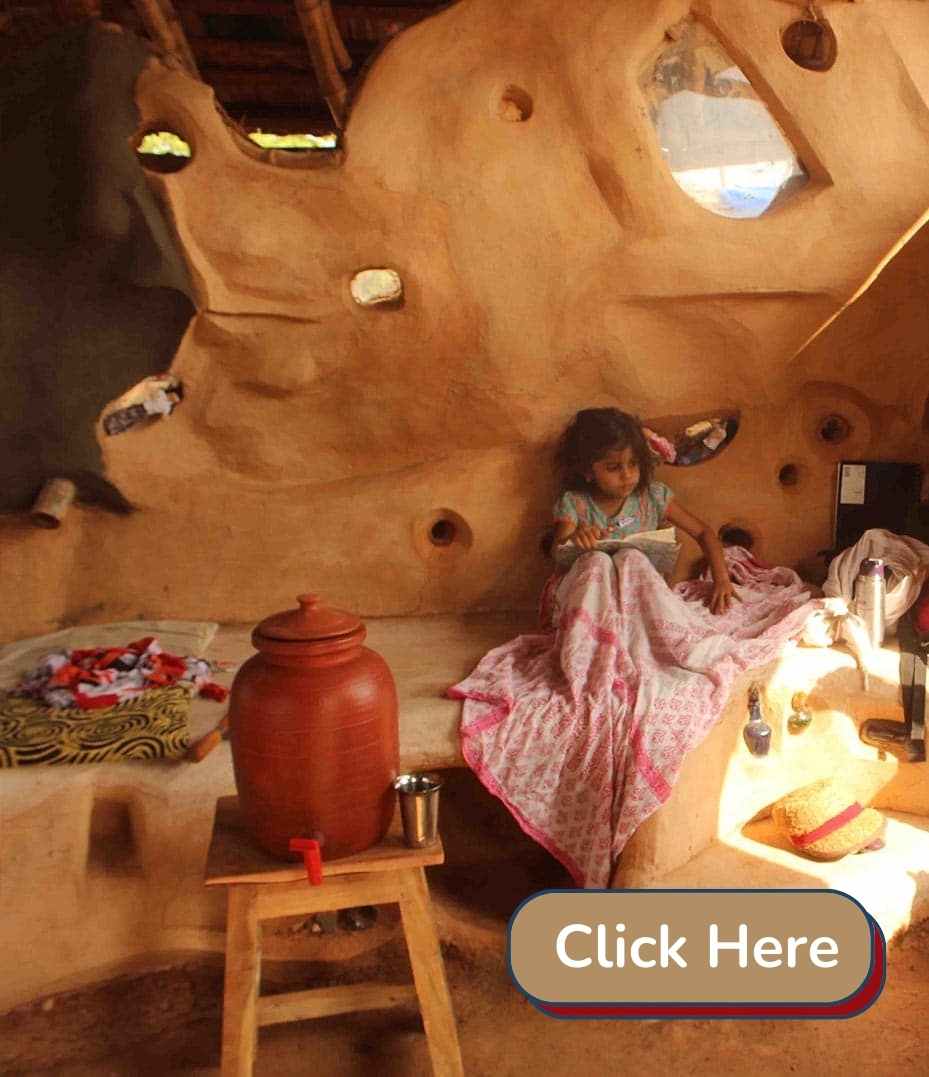

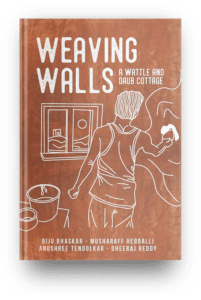
8 thoughts on “Cow and Natural Building”
Namaste Praveen,
Thankyou and happy to know that you liked our article 🙂
cow dung
“Thank you for sharing your insights on [topic]
Namaste Praveen,
Please write to thannalroots<@>gmail.com
cow dung
Your advice is really helpful
Namaste Germain,
You can also study online – https://course.thannal.com/
Regards
Thannal Team
Hello there,
I’m from Ghana and would like to learn more about this form of construction…
Namaste Rajan,
Thanks for showing interest to learn with us. As a training institute, we can provide you with training through our workshop to make Natural Homes. So there are two possibilities for you to learn Natural Building.
1. Online Tutorial Video course-https://course.thannal.com/
2. Hands-on workshop – Date will be updated -https://thannal.com/natural-buildings-workshops/
Read more about ‘Owners build’ intiative- https://thannal.com/build-a-natural-home/
Please call us on Wednesday. We are open for calls on that day.
Regards
Team Thannal
Hi. I would like to learn on home building using natural stuffs…pls assist. Tq
Rajan
+60193382803
Kuala Lumpur, Malaysia